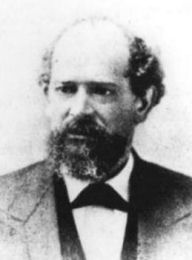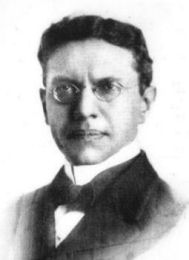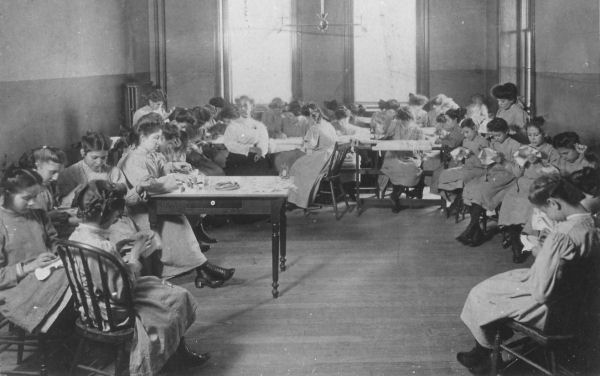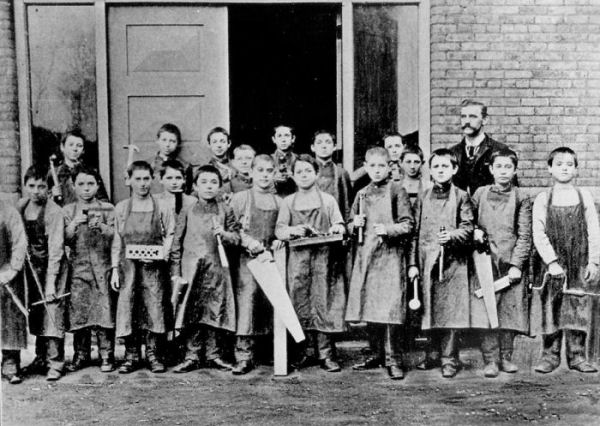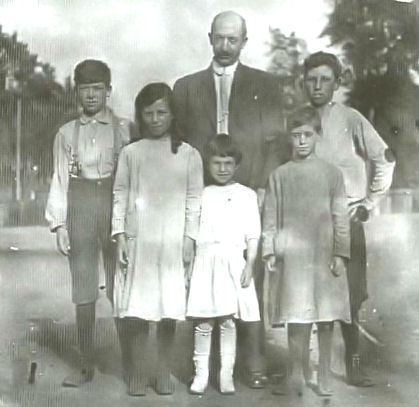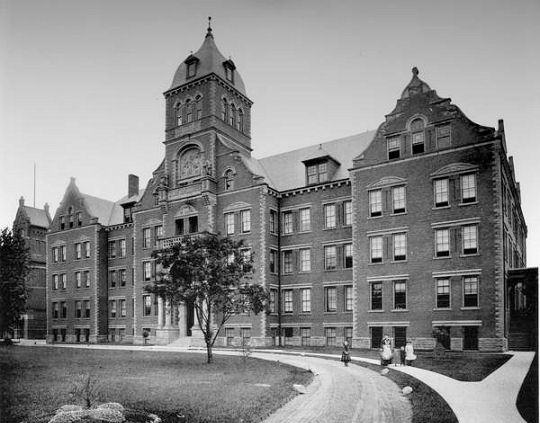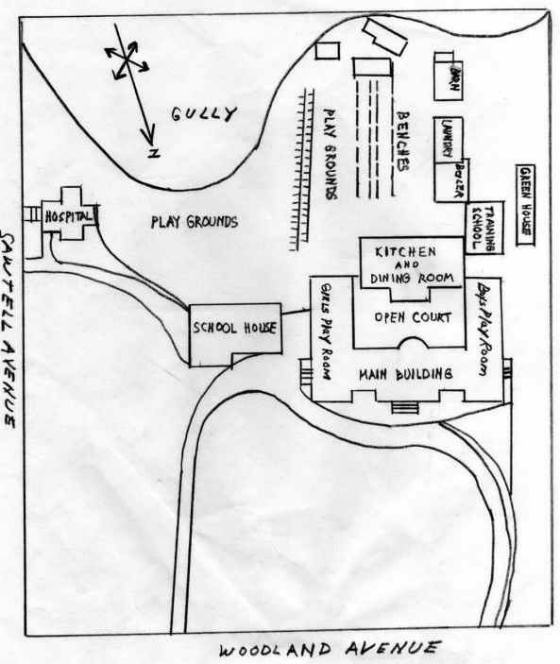|
|
Inside Looking Out The Cleveland Jewish Orphan Asylum 1868 - 1924 |
|
| Gary Edward Polster | ||
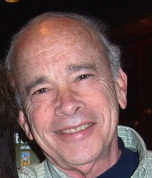 |
Gary
Edward Polster,
PhD, Professor of Sociology at
Ursuline College has written
Inside Looking Out, The
Cleveland Jewish Orphan
Asylum 1868 - 1924.
|
|
|
This page was created with his help and approval. It uses images and text from his book, available from Kent State University Press. |
||
|
The Directors |
|
|
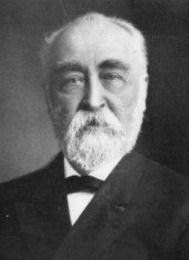 |
|
|
|
Louis Aufrecht
ca 1878 Superintendent, 1868-1878 |
Samuel
Wolfenstein ca
1912 Superintendent, 1878-1913 |
Simon Peiser
ca 1914 Superintendent, 1913-1919, |
|
|
|||
|
Education |
|
|
|
|
|
Dining |

Dining room girls set places at the tables for 500 children, ca 1912
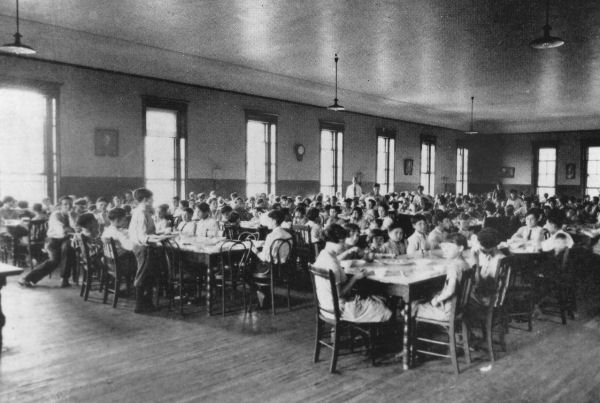
Soon after arriving in
1922 Michael Sharlitt, the new
Superintendent, changed the
gender-segregated dining hall and seated
brothers and sisters of each family
together at smaller tables.
|
Remembering Family |
|
|
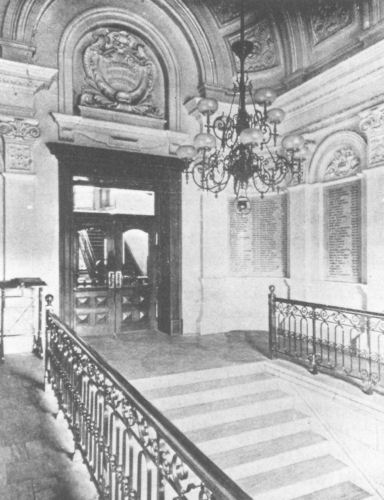 |
|
The Facility |
|
| The physical facility grew and changed over the years. The school building was built in 1880 and the hospital in 1884. In 1889 the original building, the old Seelye Water Cure Sanitarium, was demolished and a new Main Building was erected. | |
|
|
|
|
The map's author and date are not known.
|
|
|
|

